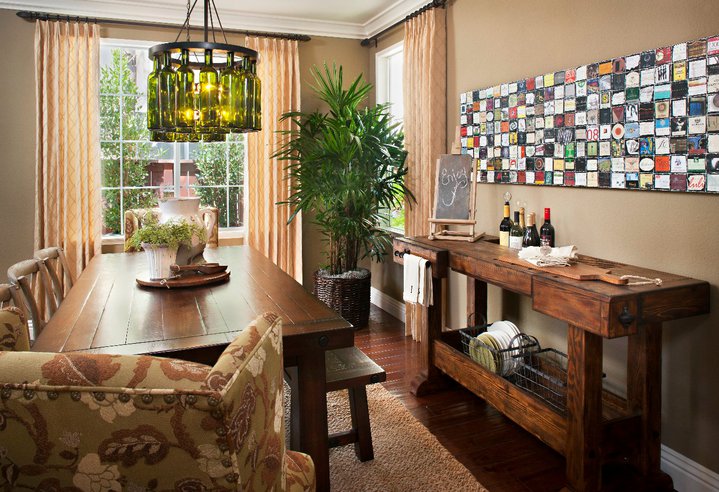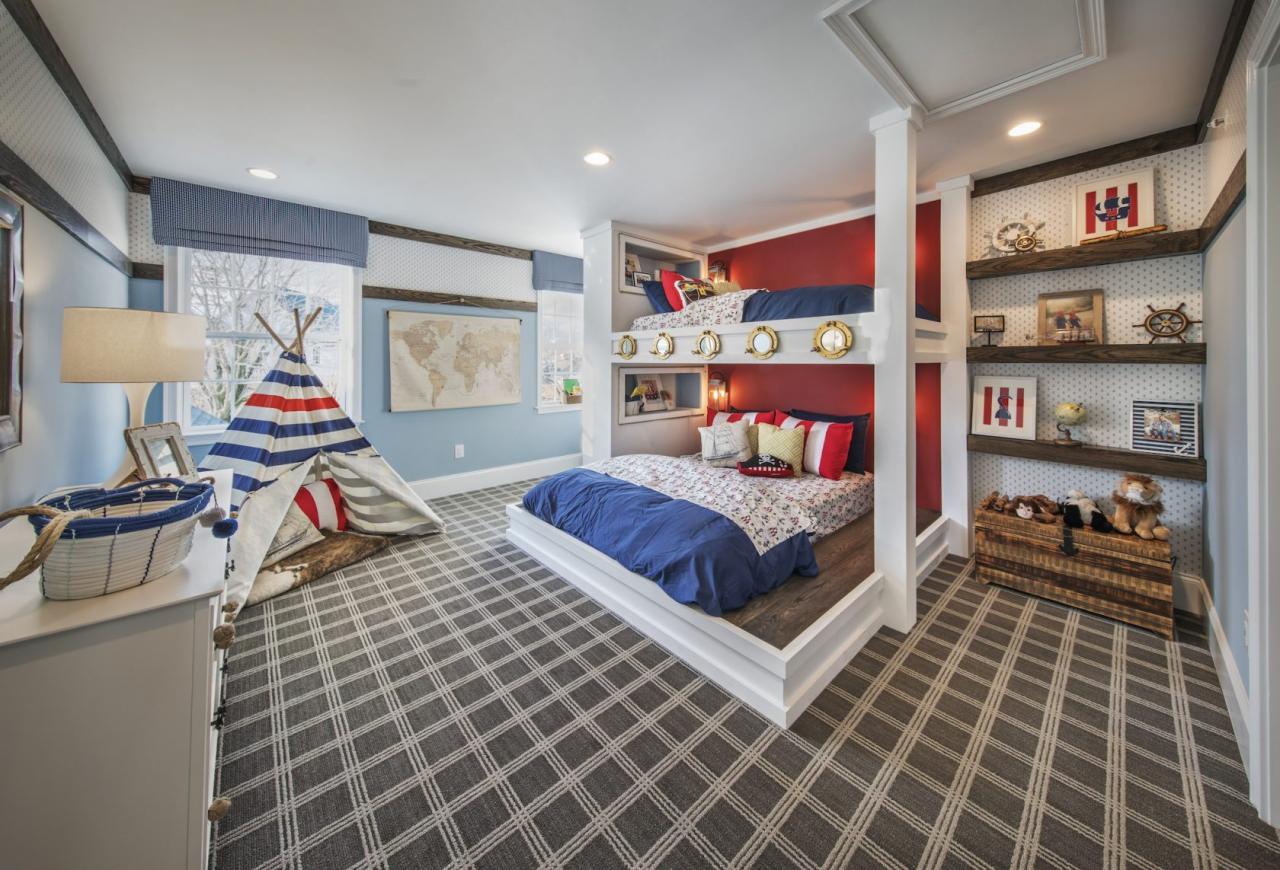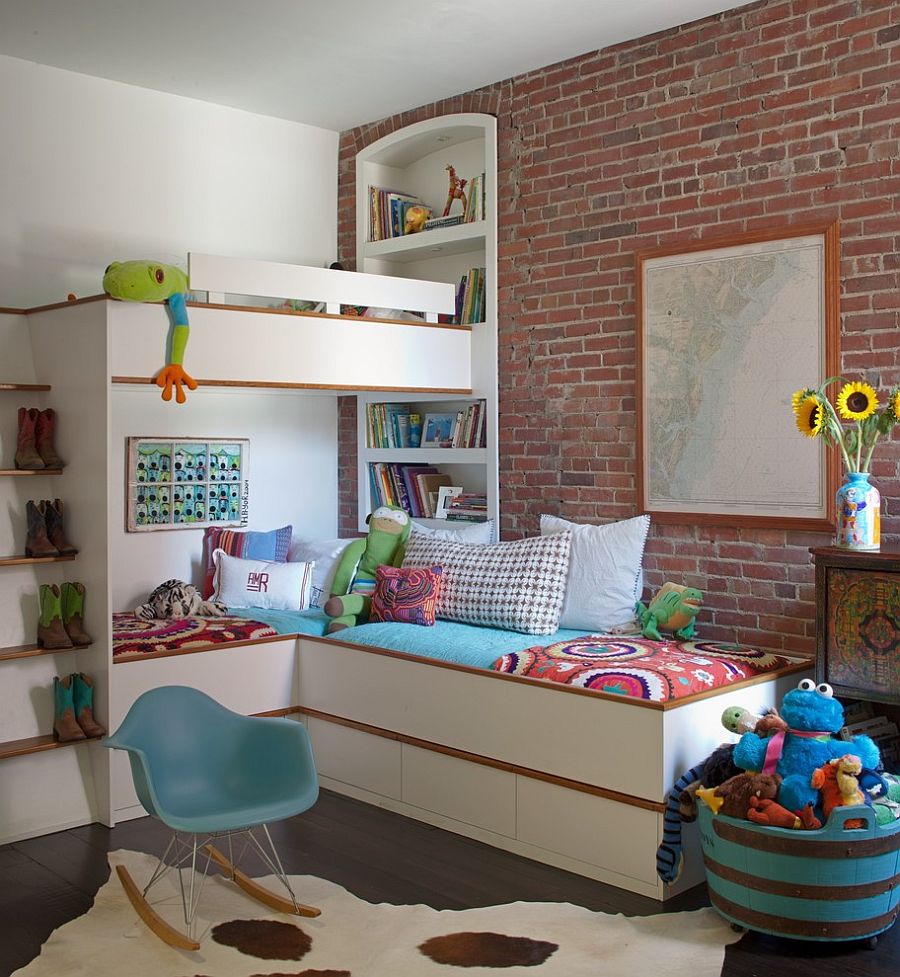Are you tired of your dining room being used solely for mealtimes and gatherings? Why not transform this space into a multi-functional hub that caters to various needs and activities? By seamlessly blending style and functionality, you can create a dining room that not only serves as a place to enjoy meals, but also as a versatile area for work, relaxation, and entertainment. Join us as we explore innovative ways to design a multi-functional dining room that meets all your needs.

Optimizing Space with Versatile Furniture Pieces
When it comes to , the dining room is often an overlooked area that has great potential. By carefully selecting furniture that serves multiple functions, you can create a dining room that not only looks stylish but also maximizes the use of space in your home.
One way to achieve this is by investing in a drop-leaf table. This type of table can be extended when you have guests over for dinner, and then easily folded down to create more space when not in use. Pair this with folding chairs that can be stored away when not needed, and you have a dining set that is both practical and space-saving.
Another great addition to a multi-functional dining room is a sideboard with built-in storage. This piece of furniture not only provides extra serving space during meals but also offers ample storage for your dining essentials such as table linens, dinnerware, and serving dishes. Consider opting for a sideboard with adjustable shelves or drawers to customize the space according to your needs.
Creating a Stylish and Functional Storage Solution
When it comes to designing a multi-functional dining room, is essential. To achieve this, it’s important to consider both the aesthetic appeal and practicality of the storage options available.
One creative way to incorporate storage in a dining room is by using a combination of open shelving and closed cabinets. This allows for easy access to frequently used items while also keeping clutter out of sight. Additionally, incorporating built-in storage solutions such as banquettes with hidden compartments can maximize space efficiency.
Another stylish storage solution is to utilize dual-purpose furniture, such as a dining table with built-in drawers or a sideboard with integrated wine storage. This not only adds a chic element to the room but also serves a practical function by providing extra storage space.
Maximizing Dining Room Lighting for Various Uses
When designing a multi-functional dining room, it’s crucial to maximize the lighting to cater to various uses. Whether you’re hosting a formal dinner party, enjoying a casual family meal, or working from home at the dining table, the right lighting can enhance the ambiance and functionality of the space.
Task Lighting: For tasks such as reading, working on a laptop, or doing homework, consider adding a pendant light or a table lamp to provide focused lighting. Adjustable wall sconces or track lighting can also be great options for targeted illumination.
Ambient Lighting: To create a warm and inviting atmosphere for social gatherings, dimmable chandeliers or recessed lighting fixtures can be used to adjust the level of ambient lighting. Soft, diffused light can help set the mood for intimate dinners or lively gatherings with friends and family.
Accent Lighting: Highlighting artwork, architectural features, or decorative elements in the dining room can add visual interest and depth to the space. LED strip lights, picture lights, or directional spotlights can be strategically placed to showcase these focal points.
Incorporating Technology for Effortless Entertainment
Are you looking to transform your dining room into a multi-functional space that combines technology and entertainment seamlessly? Look no further! With the right design elements and gadgets, you can create a dining room that is not only perfect for hosting dinner parties but also for relaxing and unwinding with your favorite movies and music.
One key element to consider when designing a multi-functional dining room is smart lighting. By incorporating smart bulbs or light strips that can be controlled via an app or voice command, you can easily set the mood for any occasion. Whether you’re enjoying a romantic dinner or hosting a movie night, adjustable lighting can enhance the overall ambiance of the room.
Another essential feature to consider is built-in audio speakers. By installing wireless speakers throughout the room, you can create a surround sound experience that will elevate your entertainment. Whether you’re streaming music during a dinner party or watching a movie, high-quality audio can make a significant difference in your overall enjoyment.
To complete the tech-savvy dining room experience, consider incorporating a smart TV or projector for a truly immersive entertainment experience. By connecting your devices to a large screen, you can enjoy your favorite shows, movies, and games with friends and family in the comfort of your own home.
In conclusion, creating a multi-functional dining room offers endless possibilities for both style and functionality in your home. By incorporating clever design elements and versatile furniture pieces, you can transform your dining space into a hub of activity that caters to your needs and lifestyle. Whether it’s hosting dinner parties, working from home, or simply enjoying a leisurely meal, a well-designed multi-functional dining room can enhance your daily living experience. So, take these tips and get creative with your space to make the most of every square inch in your home. Happy designing!



